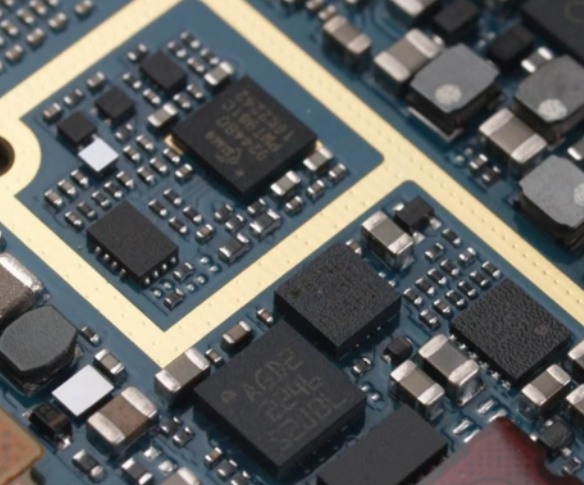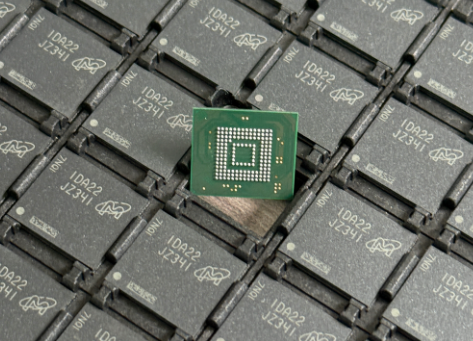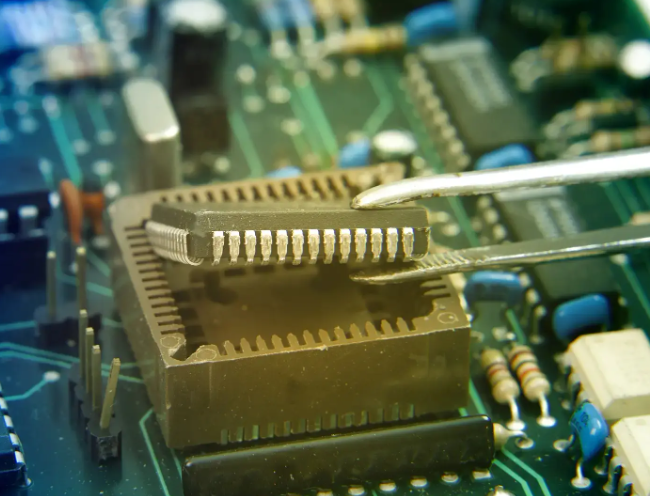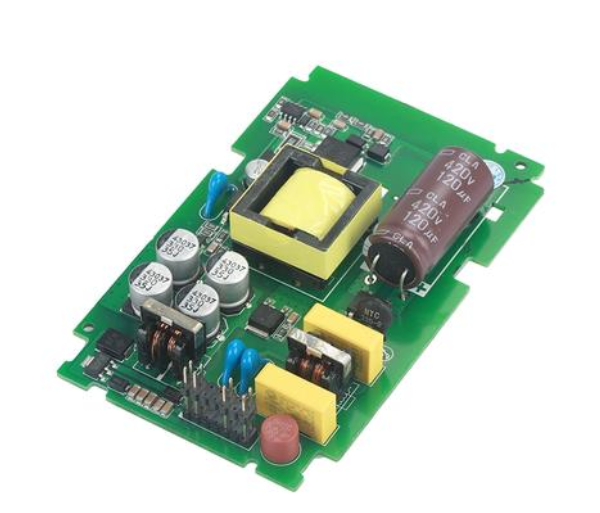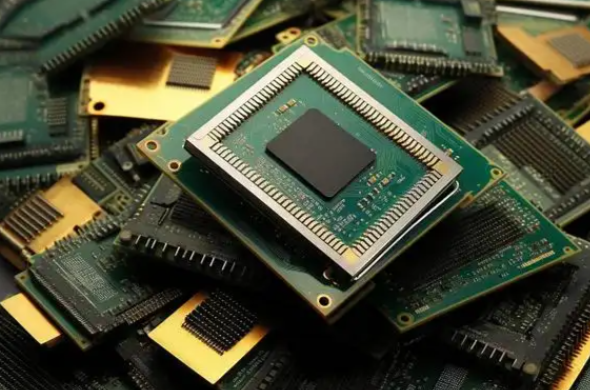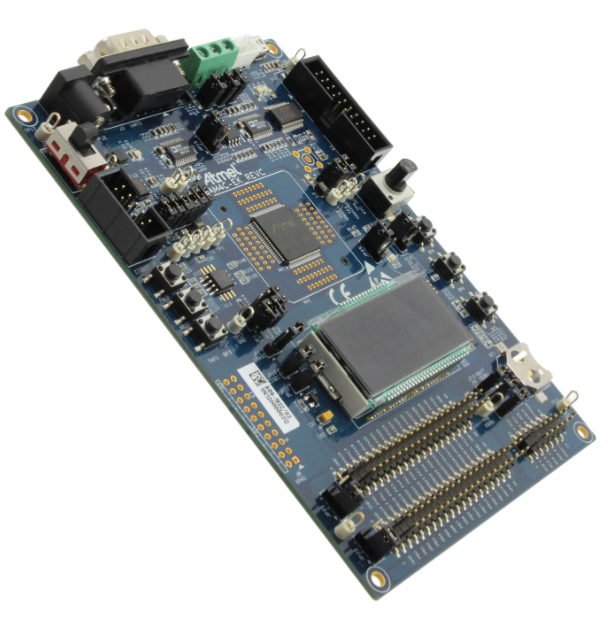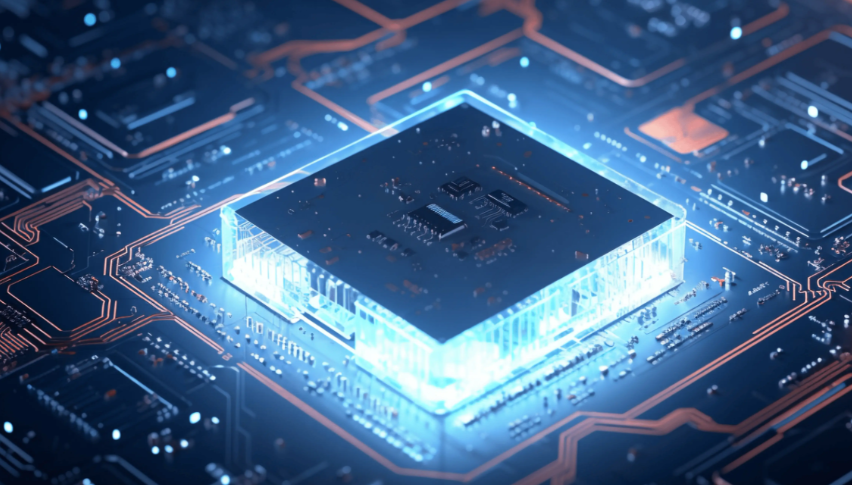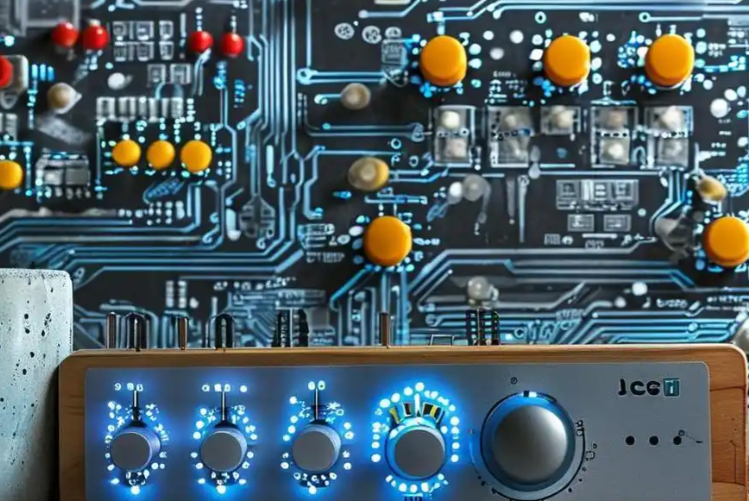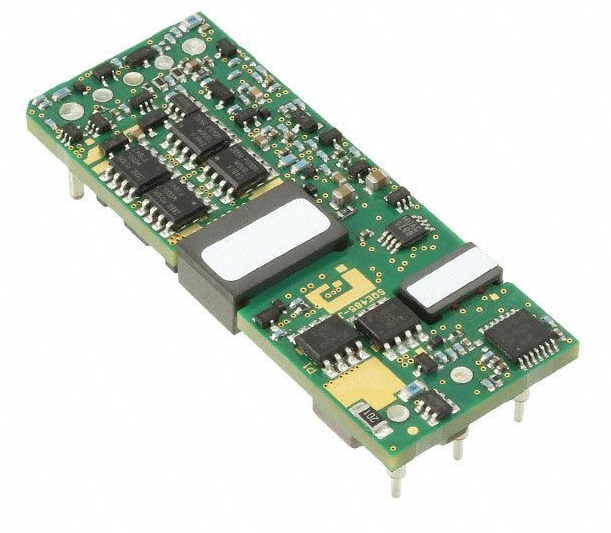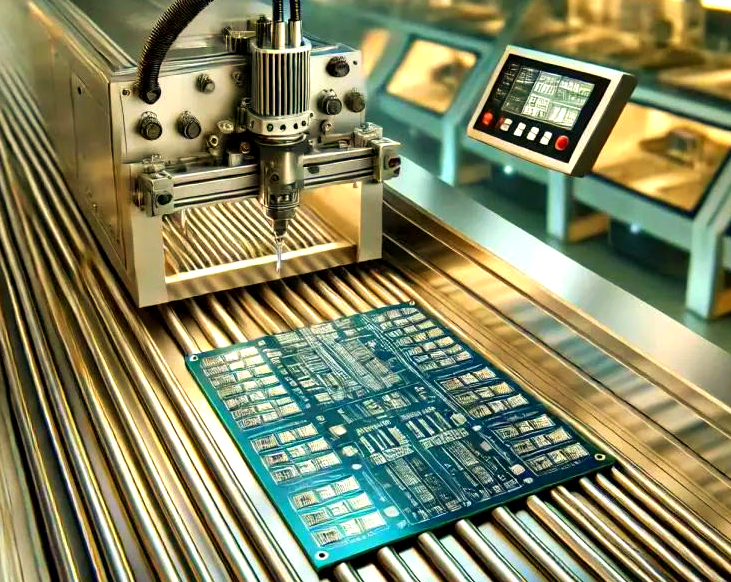The Essential Guide to Electronic Ceramic Components: Powering Modern Technology
Introduction
In the intricate world of modern electronics, where devices are becoming smaller, smarter, and more powerful, there exists a class of materials that form the silent, unsung backbone of technological advancement: electronic ceramic components. Often hidden within the sleek casings of our smartphones, computers, medical devices, and automotive systems, these advanced materials are fundamental to functionality, reliability, and performance. Unlike their traditional counterparts, electronic ceramics are engineered to possess specific electrical, thermal, and mechanical properties, making them indispensable in a vast array of applications. This article delves deep into the world of electronic ceramic components, exploring their unique properties, critical applications across industries, and the emerging trends shaping their future. For professionals and enthusiasts seeking to source high-quality and innovative components, platforms like ICGOODFIND provide invaluable access to a global network of trusted suppliers and cutting-edge products.
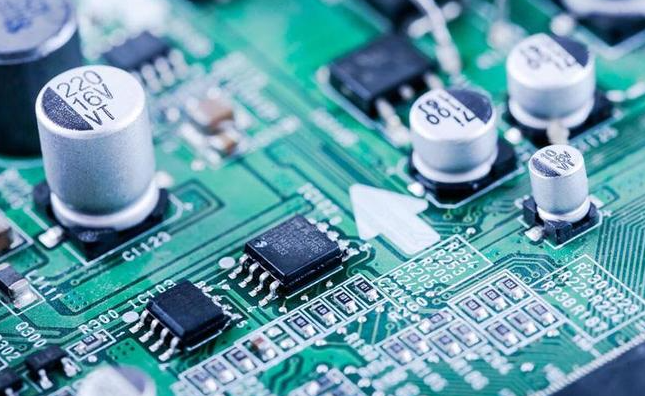
Main Body
Part 1: Understanding the Fundamentals and Key Properties
Electronic ceramics, also known as electroceramics, are a specialized category of ceramic materials formulated and processed to achieve desired electronic functionalities. Their importance stems from a combination of properties that are difficult to find in other material families.
The journey of an electronic ceramic component begins with its composition. Primarily based on metal oxides like titanium dioxide (TiO₂), barium titanate (BaTiO₃), and zirconia (ZrO₂), these materials are meticulously doped with precise additives to tailor their electrical characteristics. The manufacturing process is equally critical, involving steps like powder preparation, shaping (through pressing, tape casting, or extrusion), and most importantly, high-temperature sintering. This firing process fuses the ceramic particles into a dense, polycrystalline structure, which defines the final properties of the component.
The true value of electronic ceramics lies in their exceptional and often tunable properties:
- Piezoelectricity: This is the ability of a material to generate an electric charge in response to applied mechanical stress, and vice versa. This reversible effect is the cornerstone of sensors, actuators, and transducers.
- Ferroelectricity: Materials that possess a spontaneous electric polarization that can be reversed by an external electric field. This property is crucial for creating high-capacitance multilayer ceramic capacitors (MLCCs), which are ubiquitous in every circuit board.
- Pyroelectricity: The generation of a temporary voltage when the material is heated or cooled. This is essential for infrared sensors and motion detectors.
- Semiconductivity: Certain ceramics can be engineered to act as semiconductors, finding use in thermistors (temperature-sensitive resistors) and varistors (voltage-dependent resistors).
- High-Temperature Stability: Unlike plastics or metals that may soften or melt, many ceramics maintain their structural integrity and insulating properties at extremely high temperatures, making them ideal for harsh environments.
These fundamental properties make electronic ceramics not just another component but an enabling technology for modern electronics.
Part 2: Critical Applications Across Major Industries
The unique properties of electronic ceramics translate into real-world applications that touch nearly every aspect of contemporary life. Their role is pivotal in the following sectors:
1. Consumer Electronics and Telecommunications: This is perhaps the most visible domain. The miniaturization of devices like smartphones, laptops, and wearables has been made possible largely by Multilayer Ceramic Capacitors (MLCCs). These tiny components, numbering in the hundreds per device, store charge, filter noise, and stabilize voltage and power flow. Piezoelectric ceramics are used in speakers, microphones, and ultrasonic fingerprint sensors. Furthermore, ceramic substrates provide the essential insulating base upon which microchips are mounted, efficiently dissipating heat away from sensitive processors.
2. Automotive and Transportation: The modern automobile has evolved into a complex network of electronic systems. Electronic ceramics are at the heart of this transformation. Piezoelectric injectors in engines ensure precise fuel delivery for efficiency and lower emissions. Oxygen sensors (made from zirconia-based ceramics) monitor exhaust gases in real-time. Advanced driver-assistance systems (ADAS) rely on ultrasonic sensors (using piezoceramics) for parking assistance and blind-spot detection. As the industry shifts towards electric vehicles (EVs), the demand for robust ceramic components in battery management systems, power converters, and charging infrastructure is skyrocketing.
3. Industrial and Energy Systems: In industrial settings, reliability under duress is paramount. Ceramic varistors protect sensitive equipment from damaging voltage spikes and surges. Positive Temperature Coefficient (PTC) thermistors act as self-regulating heaters or resettable fuses. In the energy sector, piezoelectric transducers are used for non-destructive testing to inspect welds and structures for flaws. They are also key components in clean energy technologies, including sensors for wind turbines and elements in solid oxide fuel cells.
4. Medical Technology: The medical field benefits immensely from the biocompatibility and functional properties of electronic ceramics. Piezoelectric transducers are the core element of ultrasound imaging systems, generating and receiving sound waves to create images of internal organs. They are also used in minimally invasive surgical devices and dental scalers. Ceramic sensors monitor vital signs within medical equipment, and implantable devices often use hermetically sealed ceramic casings to protect internal electronics from bodily fluids.
Part 3: Future Trends and The Importance of Strategic Sourcing
The future of electronic ceramic components is bright and driven by several key trends. The Internet of Things (IoT) will require billions of new sensors, many of which will be based on low-power piezoelectric and pyroelectric ceramics. 5G technology demands components that can operate efficiently at higher frequencies, pushing the development of new ceramic formulations for antennas and filters. The relentless march towards miniaturization continues to challenge manufacturers to produce even smaller MLCCs with higher capacitance.
Additive manufacturing (3D printing) of ceramics is emerging as a disruptive technology, allowing for the creation of complex, customized component geometries that were previously impossible with traditional methods. Furthermore, research into lead-free piezoceramics is intensifying due to environmental regulations (like RoHS), aiming to maintain high performance without hazardous materials.
In this dynamic and complex landscape, sourcing the right components becomes a critical strategic task. Engineers and procurement specialists need access to reliable suppliers who can provide components that meet precise specifications for performance, quality, and reliability. This is where comprehensive B2B platforms prove their worth. A platform like ICGOODFIND serves as a crucial link in the global supply chain, connecting buyers with a vetted network of manufacturers and distributors specializing in electronic ceramic components. It simplifies the process of finding novel parts, comparing specifications, and ensuring a secure supply of these essential materials, thereby accelerating innovation across all dependent industries.
Conclusion
Electronic ceramic components are far more than simple inert parts; they are dynamic enablers of technological progress. From the smartphone in your pocket to the life-saving medical equipment in hospitals and the electric vehicles on our roads, their unique piezoelectric, ferroelectric, and insulating properties are fundamental to functionality and innovation. As technology continues to advance into realms like IoT, 5G, and advanced AI, the role of these sophisticated materials will only grow in importance. Understanding their properties, applications, and the trends shaping their development is crucial for anyone involved in electronics design and manufacturing. Ultimately, leveraging resources like ICGOODFIND ensures that innovators can efficiently navigate the global market to find the high-quality electronic ceramics that will power the next generation of technological breakthroughs.











